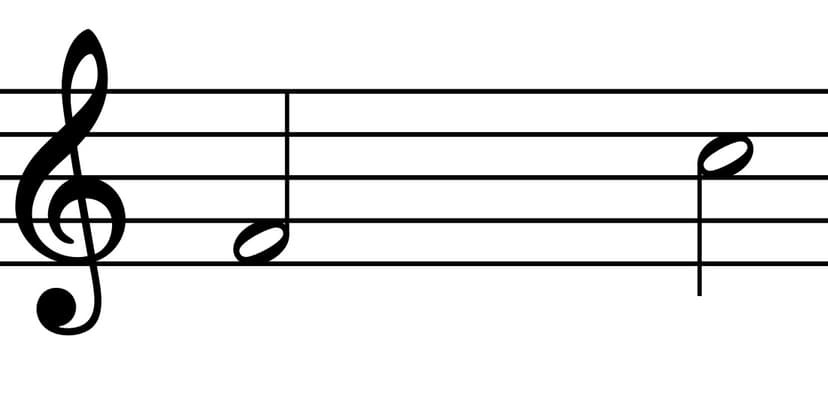Myths about teaching can hold you back
- Year 10
- Edexcel
Composing effective melodies
I can compose a melody that uses both conjunct and disjunct movement effectively and creates balanced phrases.
- Year 10
- Edexcel
Composing effective melodies
I can compose a melody that uses both conjunct and disjunct movement effectively and creates balanced phrases.
These resources will be removed by end of Summer Term 2025.
Switch to our new teaching resources now - designed by teachers and leading subject experts, and tested in classrooms.
These resources were created for remote use during the pandemic and are not designed for classroom teaching.
Lesson details
Key learning points
- Melodies that use disjunct movement can be very effective, if disjunct intervals are used carefully.
- In particular, 3rds, 5ths and octaves tend to be most effective.
- Any disjunct movement should jump between chord tones.
- Balanced phrasing is a key feature of Western classical melodies.
- With this, phrases are an equal length and use a 'question' and 'answer' form with a similar rhythm and melodic shape.
Keywords
Interval - the distance in pitch between two notes (e.g. a fifth)
Chord tone - a note that is included within a chord
Disjunct - movement between notes that involves intervals larger than two semitones (moving by leap)
Balanced phrasing - where melodic phrases are equal length and complementary melodic shape (also called 'question and answer' form)
Melodic shape - the overall shape of a melody or part of a melody, including where it ascends or descends and where it is conjunct or disjunct
Common misconception
Only 3rds, 5ths and octaves work as disjunct intervals in a melody.
This is not true: all intervals (except sevenths) can work effectively, as long as they jump between chord tones. If intervals jump to or from non-chord tones, the melody will sound ineffective.
To help you plan your year 10 music lesson on: Composing effective melodies, download all teaching resources for free and adapt to suit your pupils' needs...
To help you plan your year 10 music lesson on: Composing effective melodies, download all teaching resources for free and adapt to suit your pupils' needs.
The starter quiz will activate and check your pupils' prior knowledge, with versions available both with and without answers in PDF format.
We use learning cycles to break down learning into key concepts or ideas linked to the learning outcome. Each learning cycle features explanations with checks for understanding and practice tasks with feedback. All of this is found in our slide decks, ready for you to download and edit. The practice tasks are also available as printable worksheets and some lessons have additional materials with extra material you might need for teaching the lesson.
The assessment exit quiz will test your pupils' understanding of the key learning points.
Our video is a tool for planning, showing how other teachers might teach the lesson, offering helpful tips, modelled explanations and inspiration for your own delivery in the classroom. Plus, you can set it as homework or revision for pupils and keep their learning on track by sharing an online pupil version of this lesson.
Explore more key stage 4 music lessons from the Fundamentals of composition: extended unit, dive into the full secondary music curriculum, or learn more about lesson planning.

Equipment
DAW, notation software, keyboard or any other suitable instrument that can be used as a composition tool.
Licence
Prior knowledge starter quiz
6 Questions
Q1.Which chord is the relative minor?
Q2.How are A minor and C major related? (Choose two)
Q3.Which two of these are major chords?
Q4.If a chord has the root note at the bottom, it is called a __________ position chord.
Q5.Which of these shows a chord inversion?
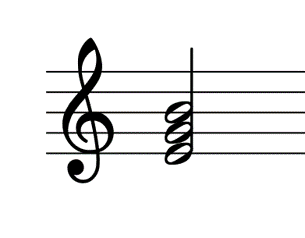
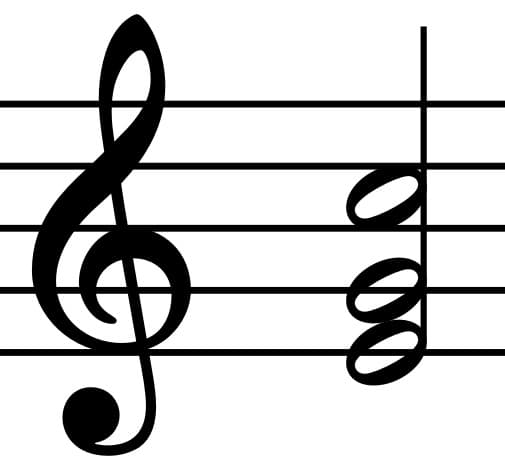
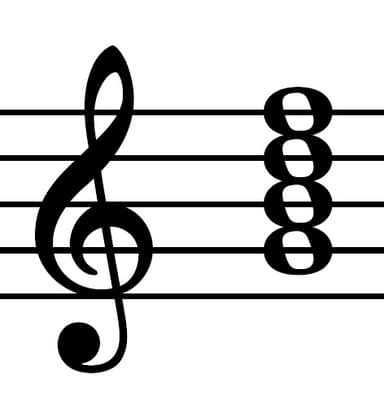
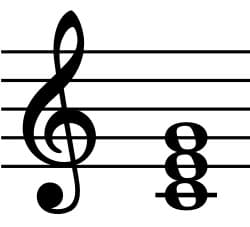
Q6.Which two chords create a perfect cadence?
Assessment exit quiz
6 Questions
Q1.What is this interval?
